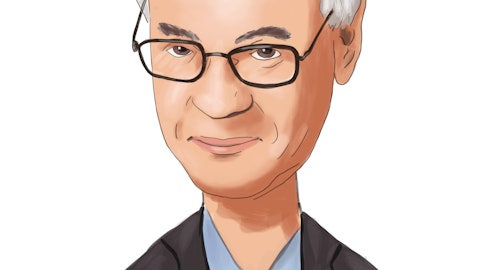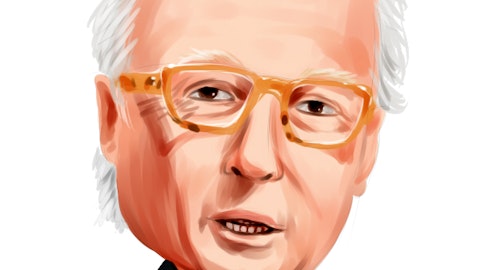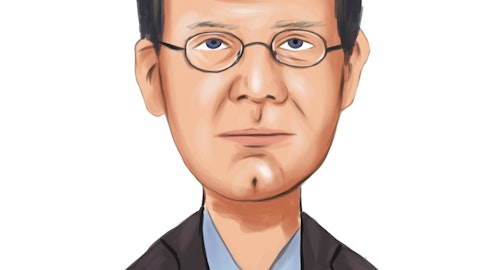Andrew Liesch: Hi. Just a question here on margin and yield. I’m just curious what was the blended yield on what was added in the quarter? And it looks like you had some good growth in non-interest bearing but also in CDs. I’m curious where are those CDs coming on and what’s the term on those assets and liabilities here?
Ben Clouse: Sure. Good morning, Andrew. It’s Ben. We’re not a big CD shop. We’re, of course, looking at what everybody else is doing and making sure we’re competitive. I would say the rates we’re offering have really been focused in the 12 to 18-month range. We haven’t really been seeking money longer than that because of our view on rates potentially coming down at some point, although — but we think that’s likely after the next 18 months. And in regard to your other question, we’re probably most competitive in money market for our client base, and that’s really where we compete the most on price day-to-day and where we raise the most funds.
Andrew Liesch: Got you. And then what’s that rate right now?
Ben Clouse: On money market? Is that your question?
Andrew Liesch: Yes. Money market and then again like where new loan yields come out to?
Ben Clouse: Okay, yes. New loans I have here in front of me, give me a second to find it. Rates have come up a lot. We’re well into the 6s at this point for new loans, upper 6s. Our loan base, the entire base in the upper 5s, which of course we have in the presentation.
Andrew Liesch: Got you. And then just a question on the timing from the cost saves on the deal. Looks like expenses might be a little bit elevated here in the first quarter and then come down after that. So I’m just curious when do you think the full cost saves will be in the run rate?
Ben Clouse: Yes, I think by second quarter, we anticipate those will be in the run rate. The biggest driver of that is our systems conversion, which we expect to happen at the end of first quarter in March. So we have some transition people and some, of course, manual processes ongoing until then. And at that point, we believe we’ll have reached the full cost saves for expense outlook. For the year, as I mentioned in my comments, 37 million to 38 million non-interest expense going into the first quarter and I anticipate that to be relatively consistent through the year as we will add some staff later in the year after we realize those savings at the beginning.
Andrew Liesch: Got it. That’s really helpful. I’ll step back. Thanks.
Mike Maddox: Thanks, Andrew.
Ben Clouse: Sure.
Operator: The next question comes from Matt Olney of Stephens. Please go ahead.
Matt Olney: Thanks. Good morning.
Mike Maddox: Good morning, Matt.
Matt Olney: Back on the loan growth, Michael, I think you said high single, low double digits. You’re in a handful of newer verticals and some newer markets. Any loan categories or geography do you think will be the main drivers of that growth this year?
Mike Maddox: Well, we’ve continued to see really strong growth out of Kansas City, Phoenix, Texas. And I think energy has an opportunity to have some reasonable growth. But we’ve really seen steady growth out of all of our markets. And so we’re just in some dynamic markets that are providing some opportunity. Randy, you may want to talk about segments.




